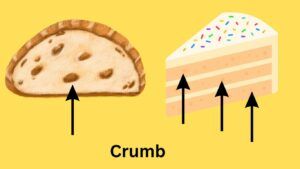Crumb refers to the internal texture and structure of your baked goods, such as bread, cakes, and pastries. It describes the size and arrangement of the air pockets that are formed during baking, as well as the density and tenderness. The crumb you want depends on the type of baked good you are making. The crumb is essential when you are baking because this determines whether your cake is moist and tender or dry and crumbly. The crumb is also essential when making bread. After all, you do not want your bread gummy but tender and chewy, depending on the type of bread you are making. The crumb is also important because it affects flavor and appearance. The taste is affected by how well the air pockets retain moisture and how the baked good holds onto and delivers flavors from other ingredients such as spices or fruits. As for appearance, a well-formed and evenly spread crumb makes your cake or bread look good. When you consider all these factors, getting the right crumb is vital in creating blue ribbon baked goods and the pleasure you get from eating them.
What Are The Types Of Crumb?
There are several types of crumb found in baked goods, each with its own texture and appearance. They are referred to as fine, coarse, open, closed, and tight.
Many baked goods will fall into two different categories, such as sourdough bread. (coarse and open). Fine, tight, and closed are very similar, as well as coarse and open, so for the sake of this post, I will be discussing just open and closed.
What Is An Open Crumb?
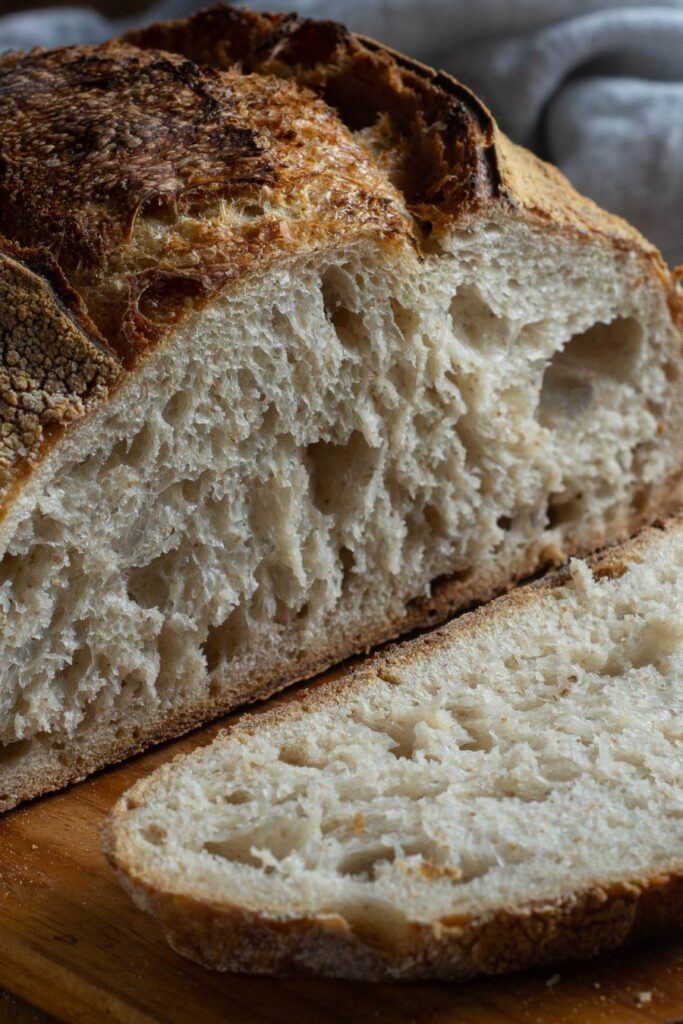
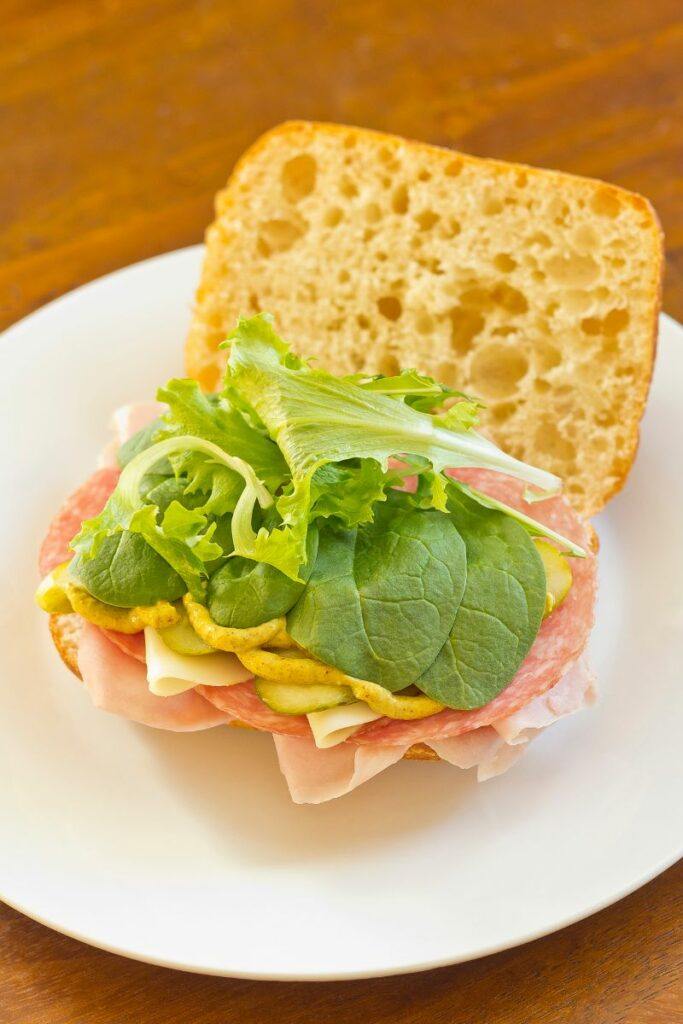
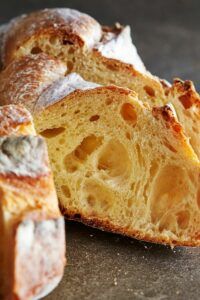
This crumb has large and irregularly shaped air pockets and will often have a chewy texture and will have a rough, rustic look to it. Some examples of open crumb are sourdough bread, Ciabatta, and Baguettes.
Sourdough Bread
This bread is made from a sourdough starter. You don’t need to buy any yeast. The starter, which is just flour and water, makes its own yeast by fermenting on your counter for several days. This is a wet dough and a long fermentation that leads to an open crumb and tangy flavor.
Ciabatta Bread Or Roll
This is an Italian bread or roll that also has a wet dough and a long fermentation time. Perfect for sandwiches.
Baguette
A long, thin French bread made with very few ingredients. They are known for their crispy crust as well as an open crumb. They are great for sandwiches or dipping into soups and stews.
What Is A Closed Crumb?
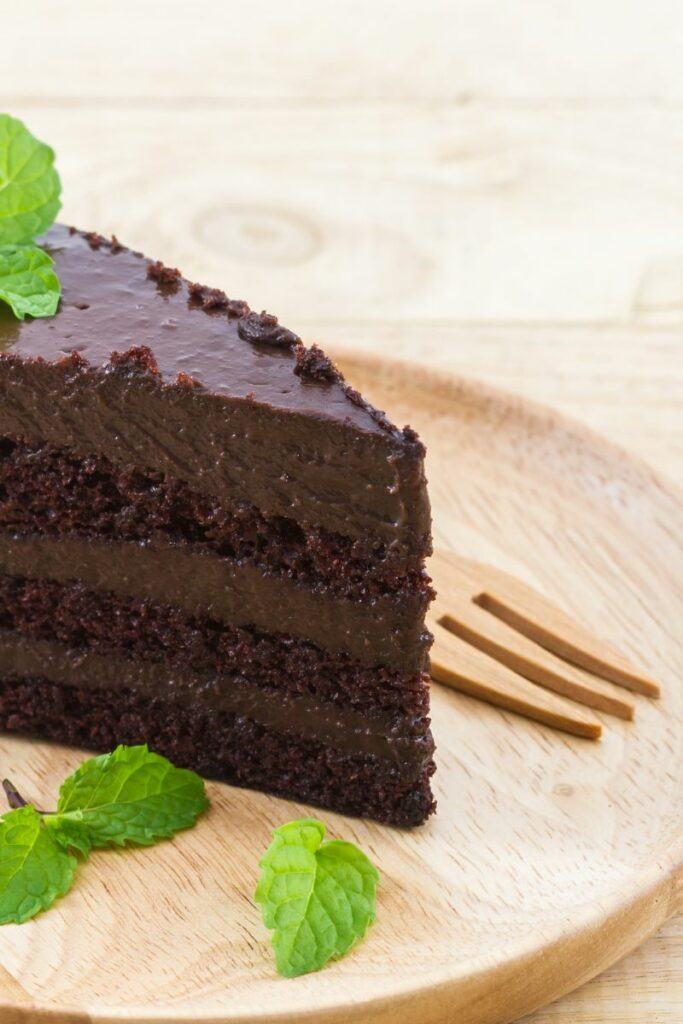
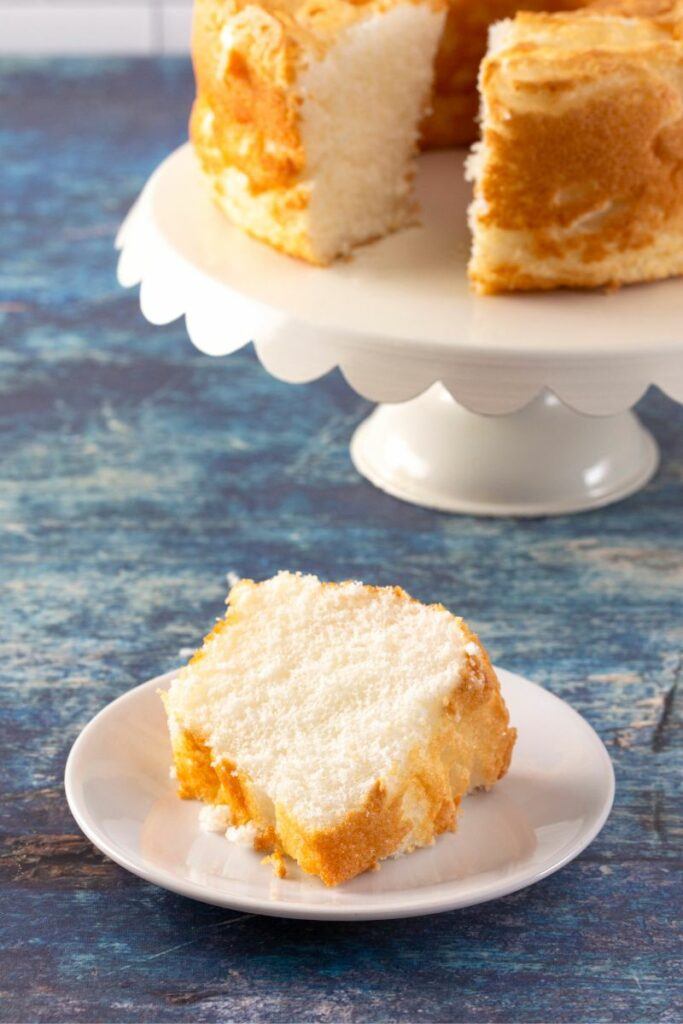
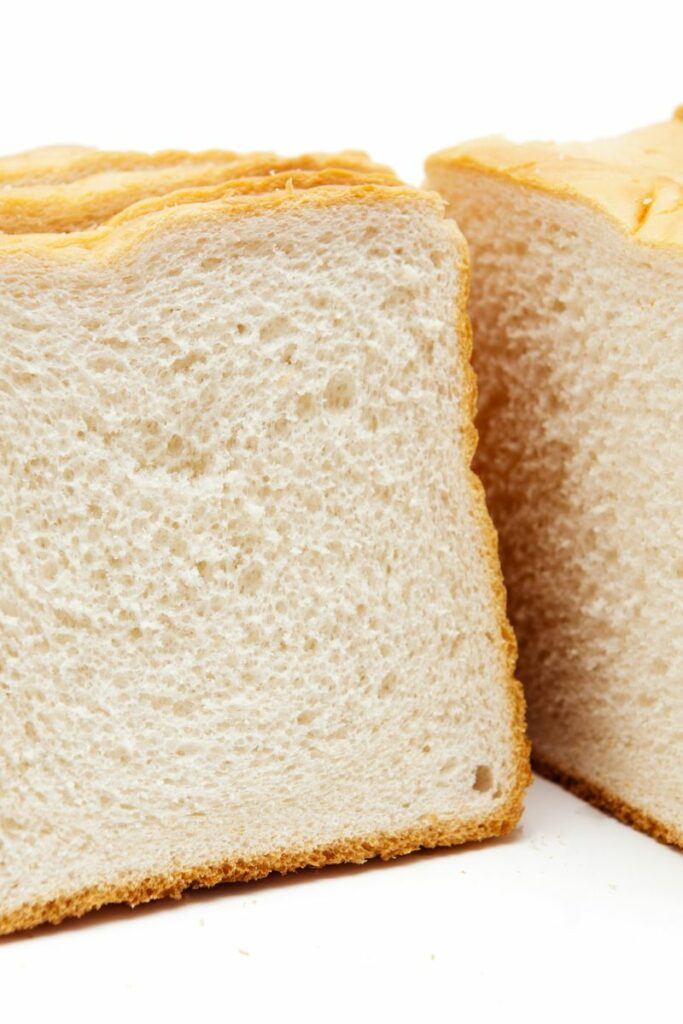
This crumb has small and evenly spaced air pockets with a dense and evenly balanced structure and a moist and tender inside.
Examples of baked goods with a closed crumb are Pound cakes, brownies, Banana bread, and cheesecake.
Pound Cake
A dense and rich cake with a fine, tight crumb
Brownies
Some brownies have a slight open crumb, but those fudge brownies are made purposely with a closed crumb for that fudgy texture.
Banana Bread
A quick bread with a closed crumb and is known for its moist, dense texture.
Cheesecake
These delightful cakes (or is it pie) have a dense, creamy texture with a closed crumb.
How Do You Get The Right Crumb?
Getting the right crumb in any baked good can be challenging and downright frustrating at times. Nobody wants to eat a dry piece of cake or a gummy slice of bread. Here are some tips to help you on your way to the perfect crumb.
Follow Your Recipe Closely
Before you start, read the recipe carefully and make sure that you understand all the instructions.
Ingredients
The type and quality of ingredients can influence the crumb. For example, using bread flour will result in a denser crumb, while using cake flour will result in a lighter and fluffier crumb. Bread flour has a higher protein content, which allows the gluten to form. Cake flour has the lowest amount of protein. You can successfully mix flours if done correctly. Read this article
The amount and type of leavening agents, such as too much baking powder, will result in a coarse, uneven crumb, and not enough will result in a heavy, dense crumb.
Mixing
The way you mix your ingredients can influence the crumb. Kneading bread dough longer can develop more gluten which then produces a chewier and more open crumb. Using a gentle hand when mixing a cake batter can result in a closed or fine crumb.
Proofing And Baking
Allowing bread dough to proof(rest and rise) for a longer time can produce a more open crumb. Baking at a higher temperature can produce a crustier outside and a more tender crumb.
Troubleshooting
Didn’t get the crumb you were looking for? Don’t worry. There are many times I don’t get it on the first try, either. But here are a few things that might help.
If the crumb is too tight, try using less flour or kneading the dough less. If your crumb is too open, then try using more flour or kneading the dough longer.
Getting the perfect crumb takes practice, but if you pay attention to the ingredients and the way you are mixing, proofing, and baking, you will get closer to your goal.
Final Thoughts
The crumb is the internal texture and structure of your baked goods. The most common types are open, which have large and irregularly shaped air pockets, or closed, small, and evenly spaced air pockets.
The crumb affects the final texture. A dense crumb creates a denser product, while a lighter, fluffier crumb creates a lighter product.
It also affects the final flavor. A well-developed crumb can enhance the flavor by creating a more even distribution of flavors throughout the product.
To get the perfect crumb, you need to pay careful attention to ingredients, mixing, kneading, rising, shaping, and baking. Small changes in any of these steps can affect the crumb.
By understanding the importance of crumb in baking and following the right steps, you can get the perfect crumb and make delicious cakes and bread.
And, of course, you know the saying, “practice makes perfect”. So practice, practice, and practice some more:)
I hope this article helped you to understand crumb and why it is important. in baking.
I would love it if you would leave me a comment below with your thoughts
And As Always
Keep On Baking!
Taianne
Share The Love

I’m Taianne, the owner and operator behind We Are Baking. Baking my first cake at age 11 hooked me on creating sweet treats. Though my interest faded during childhood, it was rekindled when I married my apple pie-loving husband. I love trying new recipes, tweaking classics, and helping others learn the science and art of baking. I started We Are Baking to share tips, tricks, and favorite recipes I’ve discovered over the years. When not in the kitchen, I enjoy spending time with family and friends. My goal is to inspire others to embrace their creativity through baking. Feel free to contact me with any questions!
Taianne@wearebaking.com

